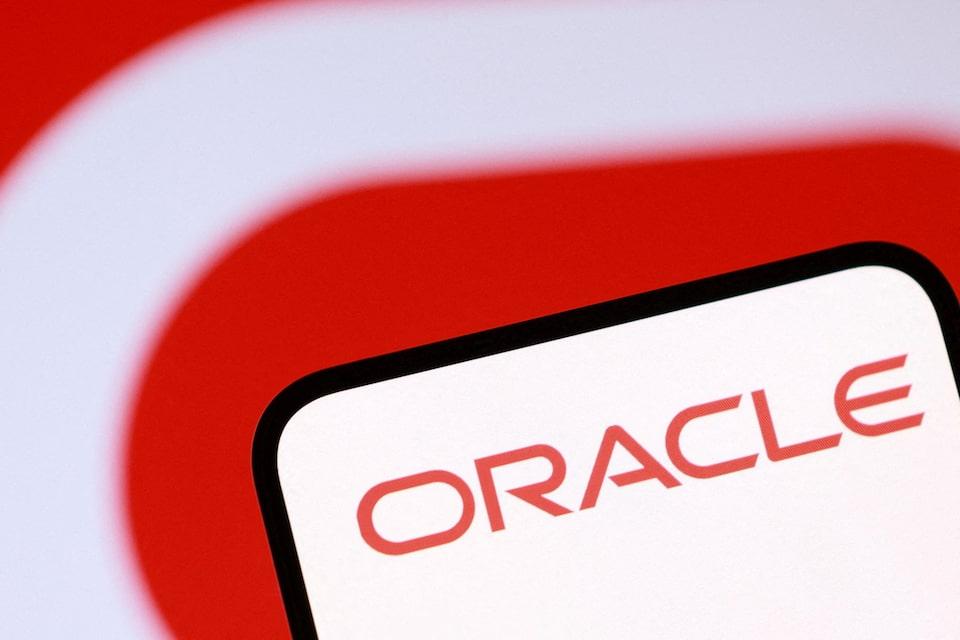2025-12-11 06:05
LITTLETON, Colorado, Dec 11 (Reuters) - Major Asian economies including China, India, Japan and Vietnam have cleaned up their power generation systems by more than the United States and Europe in 2025, setting the stage for an East-West divergence in energy transition momentum heading into 2026. Over the first 10 months of 2025, the United States was the only major power market to increase the carbon intensity of power generation compared to the year before, according to data from energy think tank Ember. Sign up here. The chief driver of the rise in U.S. carbon intensity has been a roughly 13% increase in coal-fired power generation, which has lifted U.S. power sector emissions from fossil fuel use to three-year highs. European power firms have also lifted their collective CO2 emissions so far this year compared to 2024, while China, India, Japan and Vietnam have all registered year-to-date declines in CO2 output from fossil fuel power generation. With winter approaching in the Northern Hemisphere, higher generation from fossil fuels can be expected across Asia, Europe and North America in the coming months, which will lift the carbon intensity of all major power systems. But the U.S. is likely to continue leading the pack in terms of carbon emissions growth as power firms in the country opt to dial up output from coal plants ahead of cleaner natural gas plants following a steep rise in national natural gas prices. CARBON INTENSITY GLIDE PATHS All major power systems have reduced their carbon intensity - or the amount of carbon dioxide (CO2) released per kilowatt hour (KWh) of electricity production - over the past five years or so. However, only China has managed to register consistent annual declines in intensity since 2019, largely on the back of world-leading deployment of clean power sources that have allowed utilities to cut back on fossil fuel reliance. During January to October of 2025, China's carbon intensity of power output averaged 562 grams of CO2 per KWh, compared to nearly 670 grams of CO2/KWh in 2019, Ember data shows. Elsewhere, other major power systems have posted at least one annual rise in carbon intensity since 2019 as a mixture of rising power demand, patchy clean power supplies and power policy pivots have sparked shifts in generation mixes. However, only the U.S. system has posted an increase so far in 2025, with an average of 383.3 grams of CO2 emitted per KWh during January to October, compared to 381.2 grams during the same months in 2024. Europe's average carbon intensity is down around 2% so far this year from 2024, while India (down 5%), Japan (down 3%) and Vietnam (down 2%) have also registered reductions. COAL-HEAVY GROWTH Asian economies remain far more coal-reliant than major power networks in Europe and North America. India generates roughly 70% of its electricity from coal, China's coal share is 55%, Vietnam's is 48% and Japan's is around 27% so far this year. In contrast, Europe has generated less than 13% of its electricity supplies from coal-fired power plants this year, while the U.S. coal share is around 16%. However, the U.S. is the only major power market to register a steep rise in coal's share of the overall generation mix so far this year, which is why the U.S. carbon intensity path is out of whack with trends in other regions. The U.S. coal share of around 16.1% so far this year compares with a 14.6% coal share in 2024, and so marks an 11% rise in the share of utility electricity supplies coming from coal plants compared to the year before. Indeed, coal plants have been by far the largest source of electricity supply growth in the U.S. this year, and have accounted for around 73% of the increase in total electricity supplies during January to October, Ember data shows. In all other major power markets, coal's share of the supply growth has been far less, including in India where extra coal-fired output accounted for only half of the overall rise in electricity supplies. TRACKING TRENDS INTO 2026 In the U.S., the roughly 50% climb in average natural gas prices this year has been a major driver of higher coal-fired power generation, as utilities remain under pressure to keep energy prices in check for consumers. Natural gas prices are expected to remain firm through the coming winter thanks to record-large demand from LNG exporters, who can compete with utilities for gas in the U.S. gas market. That outlook for sustained strength in gas prices should keep coal-fired output levels elevated in the U.S. through well into 2026, and could ensure that the U.S. carbon intensity trend keeps climbing. In China and Europe, enduring economic woes have curbed overall industrial activity, and have thereby limited the demand from factories, steel and chemical plants and other major power consumers. Any improvement in economic activity in China and Europe will feed through to higher fossil fuel power generation, and in turn will lift the carbon intensity in those markets. Greater industrial production and demand in China will also boost the economies in the rest of Asia, and could result in a broad upturn in Asia's power sector carbon intensity in 2026. For 2025, however, the U.S. remains the main stand-out in terms of carbon intensity momentum, which continues to go against the global trend of steadily cleaner power networks. The opinions expressed here are those of the author, a columnist for Reuters. Enjoying this column? Check out Reuters Open Interest (ROI), your essential new source for global financial commentary. ROI delivers thought-provoking, data-driven analysis of everything from swap rates to soybeans. Markets are moving faster than ever. ROI can help you keep up. Follow ROI on LinkedIn , opens new tab and X , opens new tab. https://www.reuters.com/markets/commodities/us-coal-binge-helps-asia-pull-ahead-west-clean-power-push-2025-12-11/
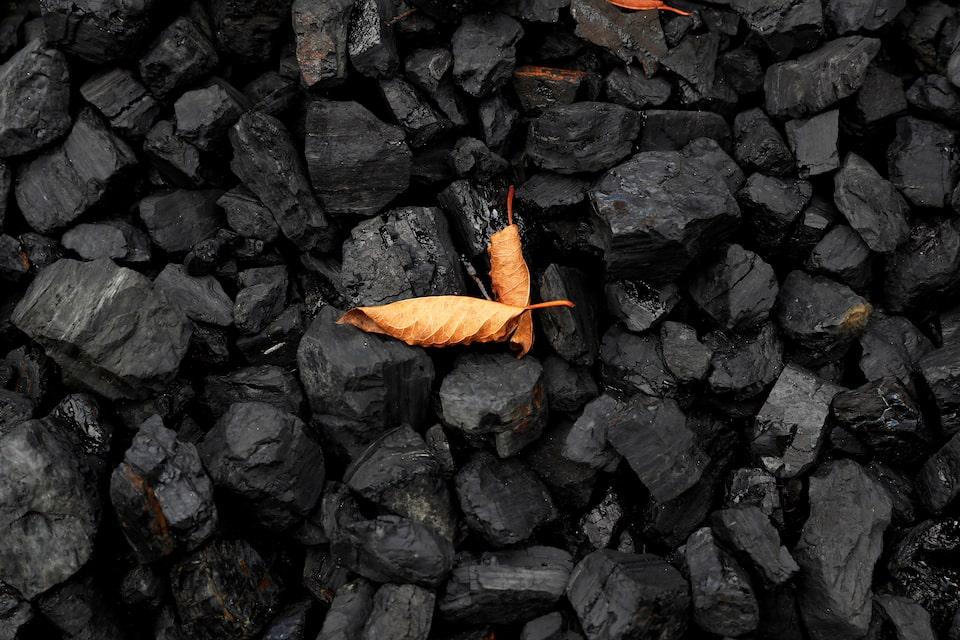
2025-12-11 06:03
Fed's pause contrasts with market expectations for future rate cuts Economic data gaps due to government shutdown affect policy outlook Investors advised to stay the course amid financial noise and uncertainties NEW YORK, Dec 11 (Reuters) - After three consecutive interest rate cuts, investors now confront an uncertain U.S. monetary policy outlook for the year ahead, clouded by persistent inflation, data gaps, and an impending leadership change at the Federal Reserve. The U.S. Federal Reserve cut interest rates by a quarter-percentage point on Wednesday in an uncommonly divided vote, but signaled it would likely pause further reductions in borrowing costs as officials look for clearer signals about the direction of the job market and inflation that "remains somewhat elevated." Sign up here. The Fed's projection for a slower easing path contrasts with market expectations for two 0.25% cuts in 2026, which would bring the fed funds rate to about 3.0%. Policymakers see only one cut next year and one in 2027. Wednesday's cut brought the policy rate to a range of 3.50%-3.75%. The central bank's updated projections showed six policymakers preferring no rate cut this year, and seven anticipating no further cuts in 2026. How monetary policy evolves from here will hinge on economic data that is still lagging from the impact of the 43-day federal government shutdown in October and November. This comes as the U.S. heads into a midterm-election year likely to focus on economic performance, with President Donald Trump urging sharper rate reductions. "I think the guessing game of what the Fed does next is going to be getting a lot more difficult next year," said Art Hogan, chief market strategist at B Riley Wealth. FED FACES A DELICATE BALANCING ACT Investors face uncertainty over next year’s monetary policy as inflation trends and labor market strength remain unclear. The Fed’s dual mandate—employment and price stability—is fueling internal debate at the Fed. "To me, it just shows you the fine line the Fed is operating in, the fine line the economy is operating in, or I refer to it more as a delicate balance," said Brent Schutte, Chief Investment Officer at Northwestern Mutual Wealth Management Company. "It's highly unknowable where we are headed in the next six to nine months, just given all the changes that are out there in this historically kind of odd period where you have tensions on both sides of their mandate." The flow of economic data should gradually normalize after the recent government shutdown, but uncertainty remains. "The Fed's guidance probably tells us less than usual about the interest rate outlook, for two big reasons," Bill Adams, chief economist for Comerica Bank, said in a note. "First, they know less than usual about the current state of the economy because the shutdown delayed the release of economic statistics. Second, the Fed's guidance doesn't account for how its approach will change after Chair Powell's term ends in May," he said. White House economic adviser Kevin Hassett, seen as the front-runner to be the next Fed chair, told the WSJ CEO Council on Tuesday there is "plenty of room" to cut interest rates further though a rise in inflation could change that view. Trump said on Wednesday that the Federal Reserve's interest rate cut was small and that it could have been larger. "This one just feels to me, at least looking forward into 2026, that there are still lots of unanswered questions that are out there that pertain to the direction of the economy and the direction of interest rates in the future," Schutte said. IGNORE THE NOISE For some investors, the wisest move is to stay the course and avoid knee-jerk reactions. "You're about to get an awful lot of financial noise between now and the end of next year ..." said Alex Morris, chief investment officer at F/m Investments. While investors may still have to grapple with the possibility of better-than-expected growth or higher inflation in the year ahead, those scenarios were seen as unlikely to trigger a tightening in monetary policy, he said. "(It's) not so much that you need to be so worried that you should duck and cover," said Morris, who has been advocating for bond investors to extend duration. Powell on Wednesday said the Fed's next move is unlikely to be a rate hike, given that is not the base case reflected in new projections from central bank policymakers. Meanwhile, stock market investors don't appear too worried about the prospect of a pause in rate cuts. While lower rates have helped lift stocks to new highs, further easing, especially if driven by economic deterioration, may be unwelcome. "I hope there aren’t rate cuts in ’26 because that will mean the economy is weakening. I’d rather have a solid economy and no more cuts," Chris Grisanti, chief market strategist, MAI Capital Management, said. https://www.reuters.com/business/fed-signals-pause-rate-cuts-investors-navigate-data-darkness-leadership-change-2025-12-11/
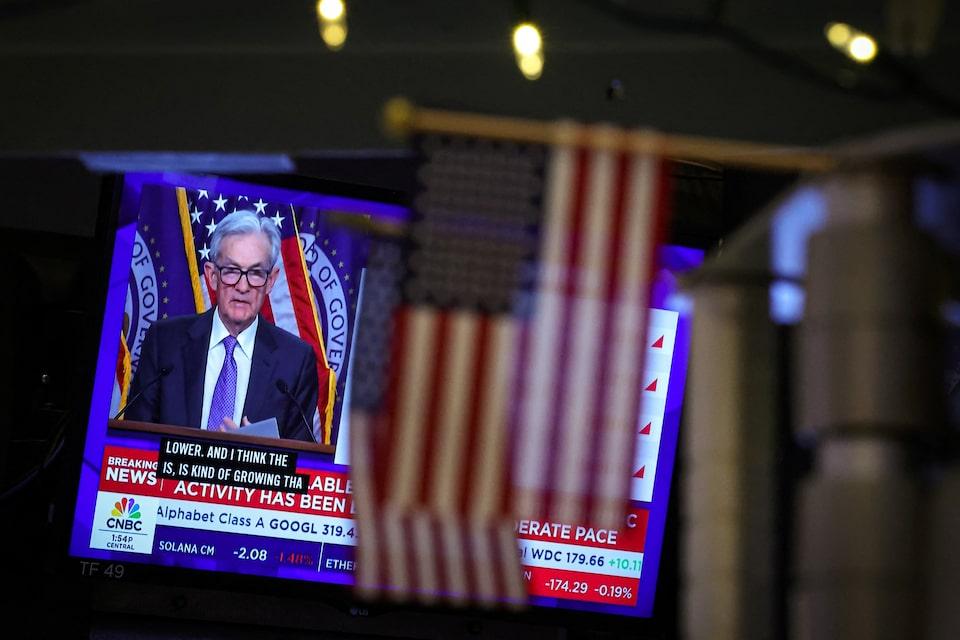
2025-12-11 05:58
MOSCOW, Dec 11 (Reuters) - Russia said on Thursday that Ukraine had launched a major aerial attack with at least 287 drones downed over a number of regions including Moscow. Russia's defence ministry said at least 40 drones were shot down over the Moscow region, which along with the city itself has a population of more than 22 million. Sign up here. The extent of the damage was not immediately clear but flights were diverted from at all of Moscow main airports. Russia invaded Ukraine in February 2022 and currently controls a little under one fifth of Ukrainian territory. Russia has pummelled its smaller neighbour with missiles and drones, recently targeting its energy sector. Ukraine this year sought to knock out Russian oil refineries and oil terminals with drones. Ukrainian sea drones on Wednesday hit and disabled a tanker involved in trading Russian oil as it sailed through Ukraine's exclusive economic zone in the Black Sea to the Russian port of Novorossiysk, a Ukrainian official said. War insurance costs for ships sailing to the Black Sea have spiked, with insurers reviewing policies daily as the conflict in Ukraine spills into sea lanes. https://www.reuters.com/world/russian-air-defences-shoot-down-15-moscow-bound-drones-evening-mayor-says-2025-12-10/

2025-12-11 05:43
Bitcoin briefly falls below $90,000 mark Ether down more than 4% Concerns about AI profits hit risk sentiment SINGAPORE, Dec 11 (Reuters) - Cryptocurrencies tumbled on Thursday and bitcoin fell back below the $90,000 threshold in a renewed signal of market jitters as fresh concerns about artificial intelligence profits weighed on technology stocks. Risk sentiment turned sour after U.S. cloud firm Oracle's (ORCL.N) , opens new tab profit and revenue outlook missed forecasts and executives flagged higher spending - a sign AI infrastructure outlays are not turning profits as quickly as investors had hoped. Sign up here. Bitcoin was last down 2.5% at $90,056.24, while ether tumbled 4.3% to $3,196.62, erasing the past two days of gains, extending weakness that began in the U.S. trading session on Wednesday after the Federal Reserve cut interest rates. Stocks in Asia fell and futures pointed to lower openings in Europe and the United States. "What we saw last night was even though risk assets were doing well, crypto didn't really want to know about it," said Tony Sycamore, market analyst at IG in Sydney. "The crypto space really needs to see more convincing evidence that the washout we saw from that October 10 selloff is complete, and at this point in time it just doesn't look like it's there." Standard Chartered on Tuesday slashed its expectations that bitcoin would hit $200,000 by the end of 2025, lowering its forecast to $100,000. "We think buying by Bitcoin digital asset treasury companies is likely over," said Geoff Kendrick, global head of digital assets research at Standard Chartered. "As a result, we now think future Bitcoin price increases will effectively be driven by one leg only – ETF buying." https://www.reuters.com/business/bitcoin-dips-below-90000-ai-worries-dent-risk-appetite-2025-12-11/
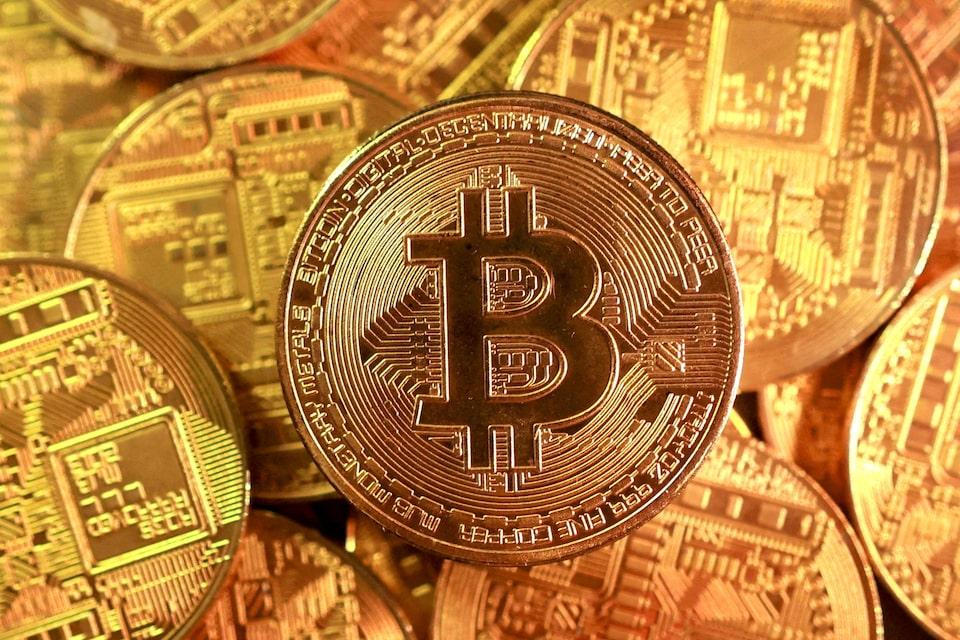
2025-12-11 05:41
MOSCOW, Dec 11 (Reuters) - U.S. President Donald Trump's plan for peace in Ukraine includes proposals to restore Russian energy flows to Europe, major U.S. investment in Russian rare earths and energy, and tapping frozen Russian sovereign assets, the Wall Street Journal said. The newspaper said the plans were detailed in appendices to peace proposals handed to European counterparts over recent weeks. Sign up here. They include a plan for U.S. financial firms and other businesses to tap $200 billion of frozen Russian sovereign assets for projects in Ukraine, including a major new data center powered by the Zaporizhzhia nuclear power plant now controlled by Russian forces, the paper said. U.S. companies would invest in Russian strategic sectors such as rare-earth extraction and oil drilling in the Arctic, while Russian energy flows to Western Europe and the world would be restored, it added. The paper said one unidentified European official compared the proposed U.S.-Russian energy deals to an economic version of the 1945 Yalta conference. At that meeting, the victors of World War Two, the Soviet Union, the United States and Britain, divided up their spheres of interest in Europe. Russia invaded Ukraine in February 2022 after eight years of fighting between Russian-backed separatists and Ukrainian troops in the Donbas, formed of the Donetsk and Luhansk regions. https://www.reuters.com/world/europe/trump-plans-envision-major-us-investment-russia-restoring-oil-flows-europe-wsj-2025-12-11/
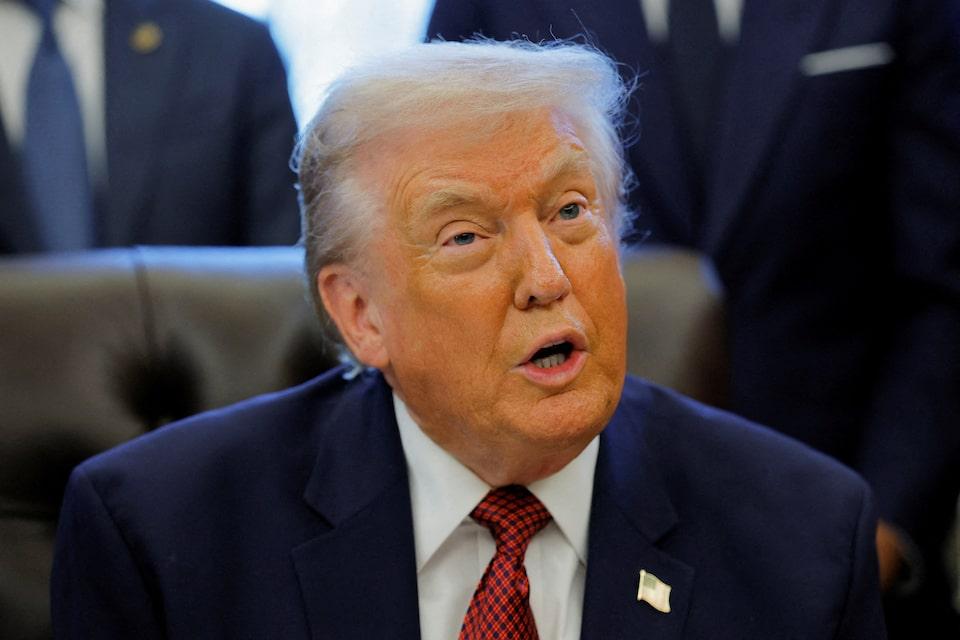
2025-12-11 05:38
A look at the day ahead in European and global markets from Ankur Banerjee Whisper it quietly, but worries around a tech bubble might just resurface after Oracle earnings disappointed investors even as AI spending shows no signs of easing, underscoring the challenge the sector faces in turning spending into profits. Sign up here. That means relief the Federal Reserve did not sound more hawkish at its December meeting was fairly short-lived, with stocks sliding and futures pointing to a much lower open in Europe and the United States. U.S. cloud computing firm Oracle provided profit and revenue outlook that missed estimates and said spending would rise by $15 billion compared with earlier estimates. Oracle's results are considered an indicator of whether an AI bubble exists, and also how it will raise money to build that infrastructure. Oracle shares fell more than 11% in after-hours trade, weighing on U.S. futures and Asian markets, with investor attention now shifting to Broadcom (AVGO.O) , opens new tab, which reports earnings after market close on Thursday. European tech stocks (.SX8P) , opens new tab will also be in focus, and after a meagre 4% rise so far, this could see its year-to-date gains evaporate. Risk appetite barometer bitcoin fell over 2% in a broad risk off move. Beyond Oracle, markets got what they were looking for with a 25-basis-point rate cut from the Fed and an added bonus of Fed Chair Jerome Powell sounding less hawkish than what was expected. "I don't think a rate hike is anyone's base case," Powell said. That was enough for a short-lived risk rally before Oracle earnings. The Fed's signals reinforced market expectations for two more rate cuts next year, against the Fed's median expectation for a single quarter-percentage-point cut next year. That exerted pressure on the U.S. dollar, providing some relief to the yen and lifting the euro to near two-month highs. Key developments that could influence markets on Thursday: - Swiss National Bank policy meeting - U.S. weekly jobless claims - Earnings at Costco (COST.O) , opens new tab, Broadcom (AVGO.O) , opens new tab and Lululemon (LULU.O) , opens new tab https://www.reuters.com/world/china/global-markets-view-europe-2025-12-11/
